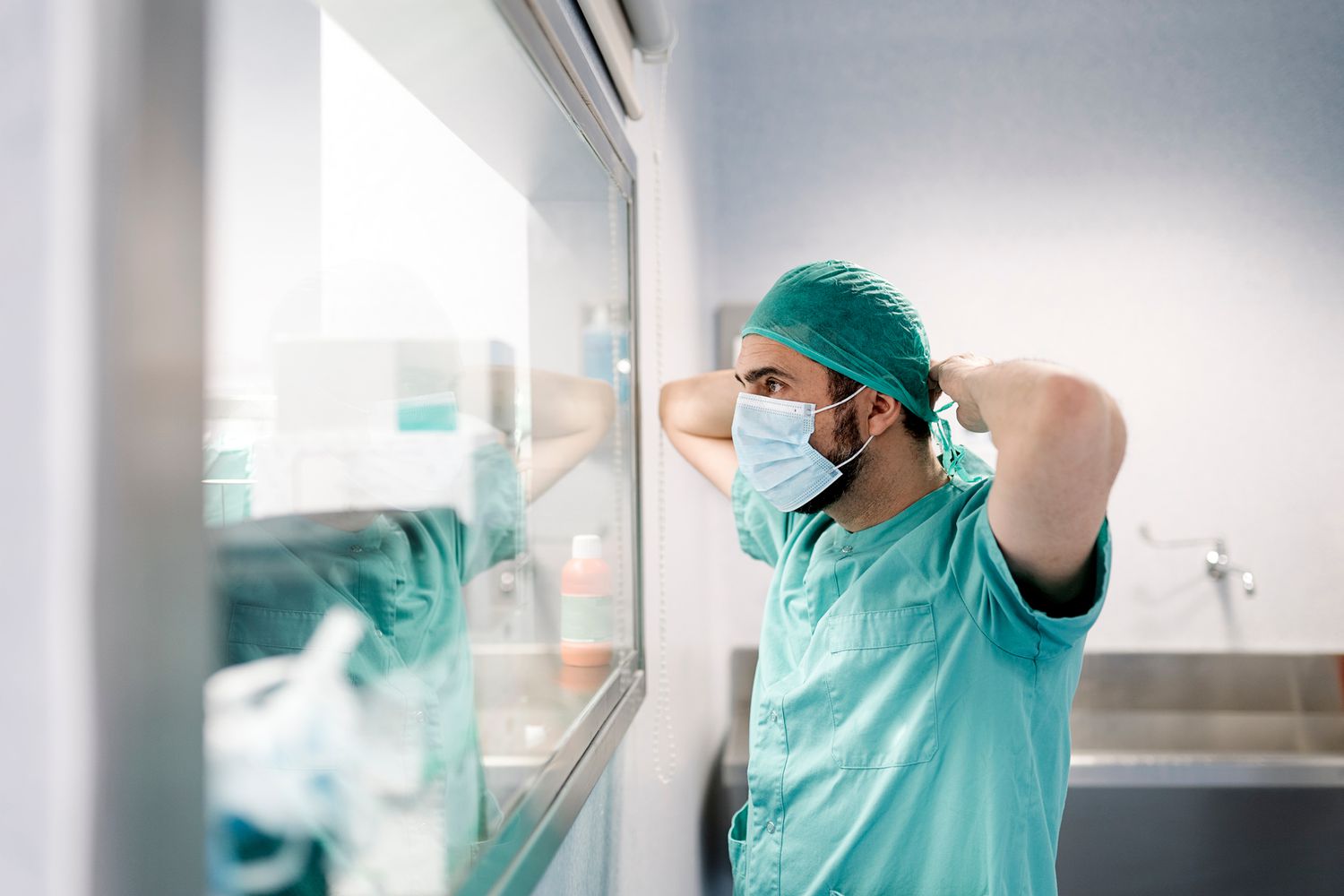
Do Masks Really Protect Against Mpox? CDC Updates Guidance
Mpox spreads primarily through close person-to-person contact, with masks playing a specific role in prevention for certain groups. Here's what you need to know about masks and mpox protection.

Doctor adjusts blue scrub cap
When Masks Are Recommended:
- For people diagnosed with mpox
- For those living with or caring for someone with mpox
- For healthcare workers treating mpox patients
- Not typically necessary for the general public
Mpox Transmission:
- Primary spread through skin-to-skin contact
- Can spread through contaminated objects and surfaces
- Possible respiratory transmission during prolonged close contact
- Contagious from rash appearance until complete healing
Common Symptoms:
- Rash (often resembling pimples or blisters)
- Fever and chills
- Fatigue
- Muscle aches
- Headache
- Respiratory symptoms
- Swollen lymph nodes
Prevention Strategies:
- Avoid contact with infected persons
- Practice good hand hygiene
- Clean and disinfect shared surfaces
- For caregivers: use N95 or surgical masks when in close contact
- Launder bedding and clothing of infected persons frequently
- Follow safer sex practices if sexually active
When to Seek Medical Care:
- If you develop a suspicious rash
- After exposure to someone with mpox
- If you have symptoms
- To discuss vaccination if you're in a high-risk group
The virus typically resolves on its own within 2-4 weeks, but infected individuals should isolate until all lesions have healed completely and new skin has formed. While masks play a role in specific situations, the primary focus should be on avoiding skin-to-skin contact and maintaining good hygiene practices.
Related Articles
Cancer Deaths Drop in U.S., But Women Face Rising Diagnosis Rates

